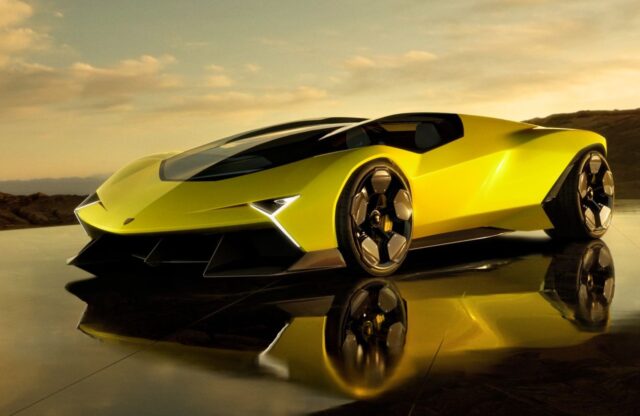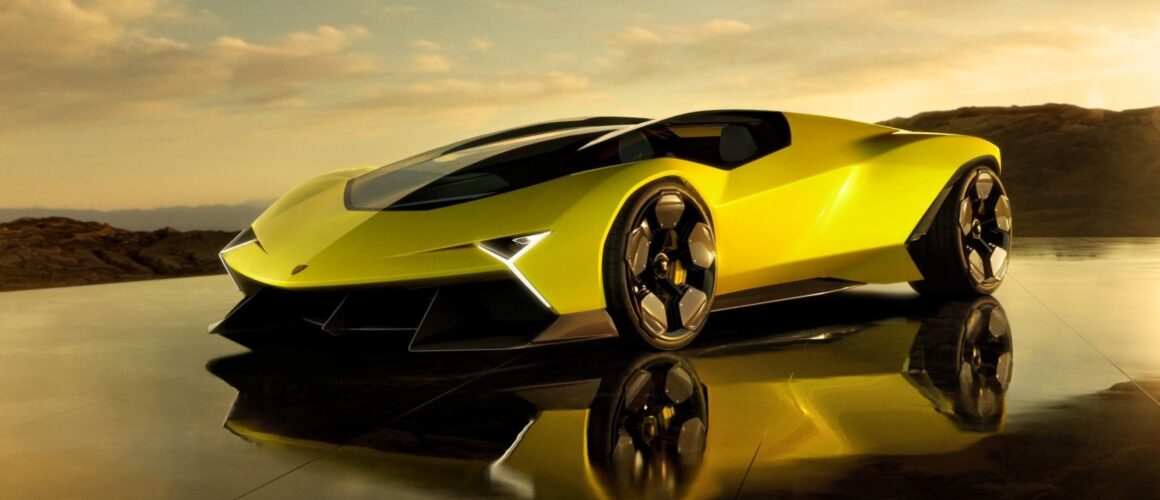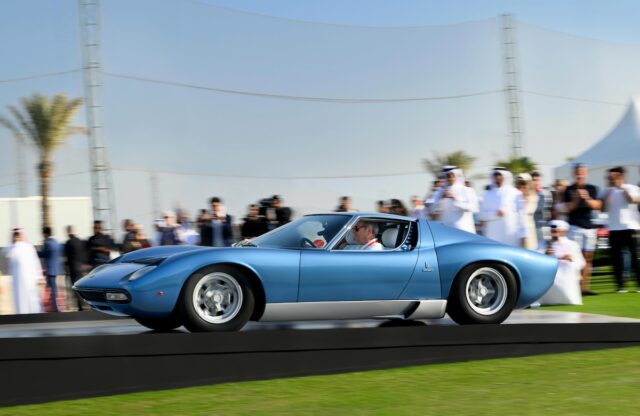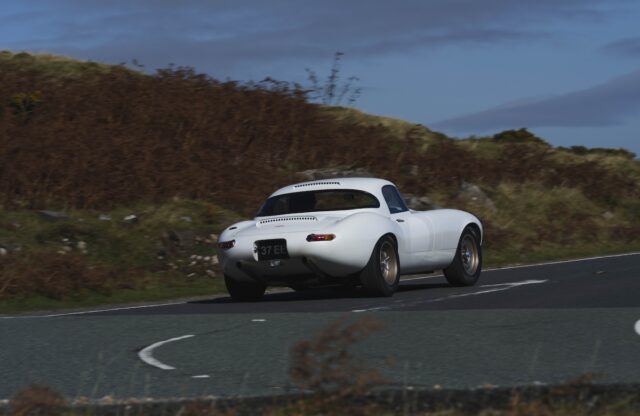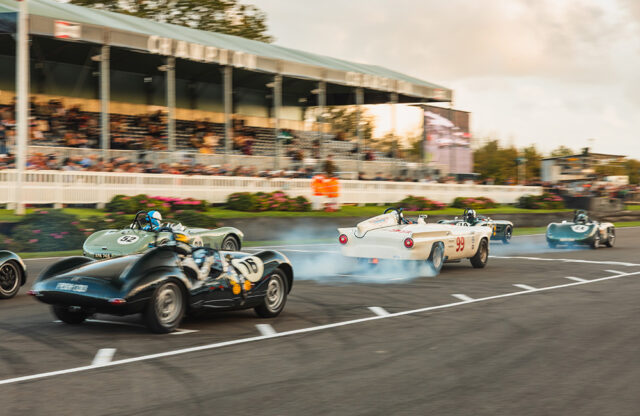This past weekend, October 4-5, 2025, Lamborghini celebrated 20 years of Centro Stile, the company’s in-house design department. Bang on brand, the event was an exclusive, properly stylish occasion that delivered something “unexpected”.
Current and former Lamborghini designers, industry friends and a handful of media were treated to an eye-popping display of the facility’s extraordinary concepts, special editions and few-offs; an intriguing, mostly ‘unscripted’ Q and A session with former Audi Group design chief Walter de Silva and current Lamborghini design director Mitja Borkert; and a wildly desirable sculptural statement of future intent, aptly named the Lamborghini Manifesto.
Few would argue that the two core tenets of Automobili Lamborghini are performance engineering and design. While the cars have always incorporated exhilarating technical specification, it’s the latter that has really set pulses racing. From its genesis back in 1963, the super-sports car manufacturer has consistently delivered models that are among the most visually arresting on the planet. This is principally, but not exclusively, epitomised by the astonishing and enduring impact of the 1971 Countach LP500 concept.
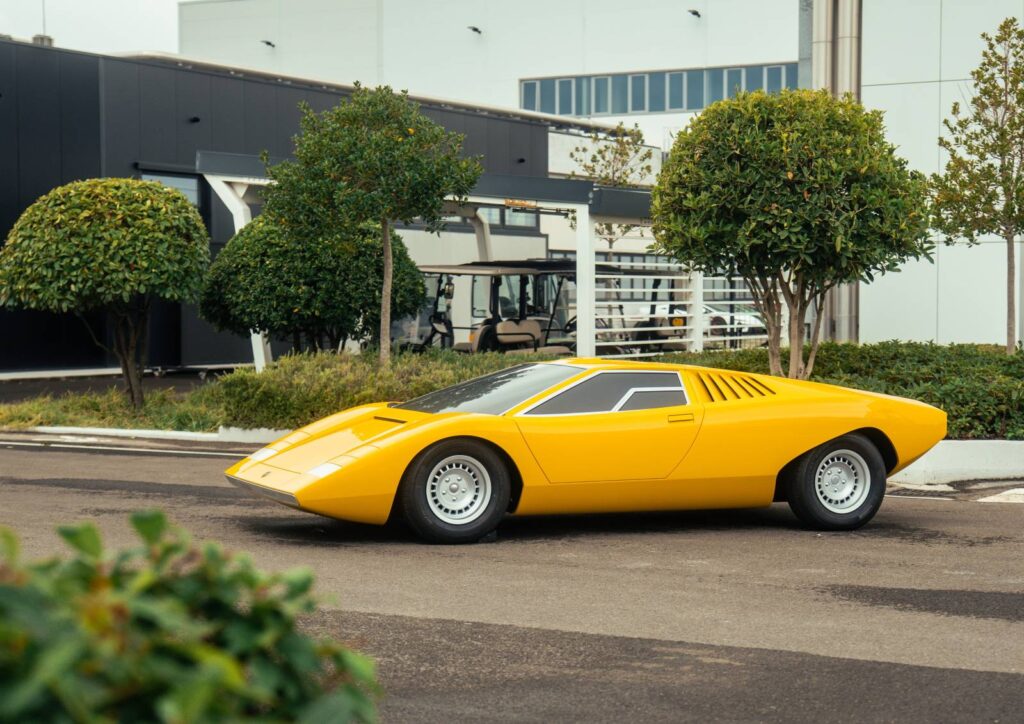
While all the early Lamborghinis were shaped by external styling studios (mostly Stile Bertone), models such as the 1981 Jalpa and 1986 LM 002 were designed by Lamborghini’s then technical director Giulio Alfieri. Under Chrysler ownership, Marcello Gandini’s Countach replacement proposal morphed into the polished but still menacing Diablo courtesy of a thorough rework by Chrysler Styling Center’s Tom Gale.
Beneath the bravado, though, those years were difficult for the Italian carmaker. Volkswagen Group’s purchase of Lamborghini and its subsequent positioning as an Audi Group subsidiary in 1998 brought the kind of stability and technical resource that authentic creativity thrives on. Joining from Audi, the uber-talented Luc Donckerwolke nailed the brief, creating the beguiling 2002 Murciélago, followed by the hot-selling V10-engined Gallardo.
It was Walter de Silva who pushed for the creation of an in-house design division at Lamborghini in the early 2000s. After two prolific decades of extraordinary product creation, first under Donckerwolke and then Filippo Perini, Mitja Borkert championed the idea of a 20th anniversary celebration of the Centro Stile. With enthusiastic buy-in from chairman and CEO Stephan Winkelmann, the team delivered a stylish and memorable event, starting with a short but entertaining panel discussion inside the Centro Stile presentation area.
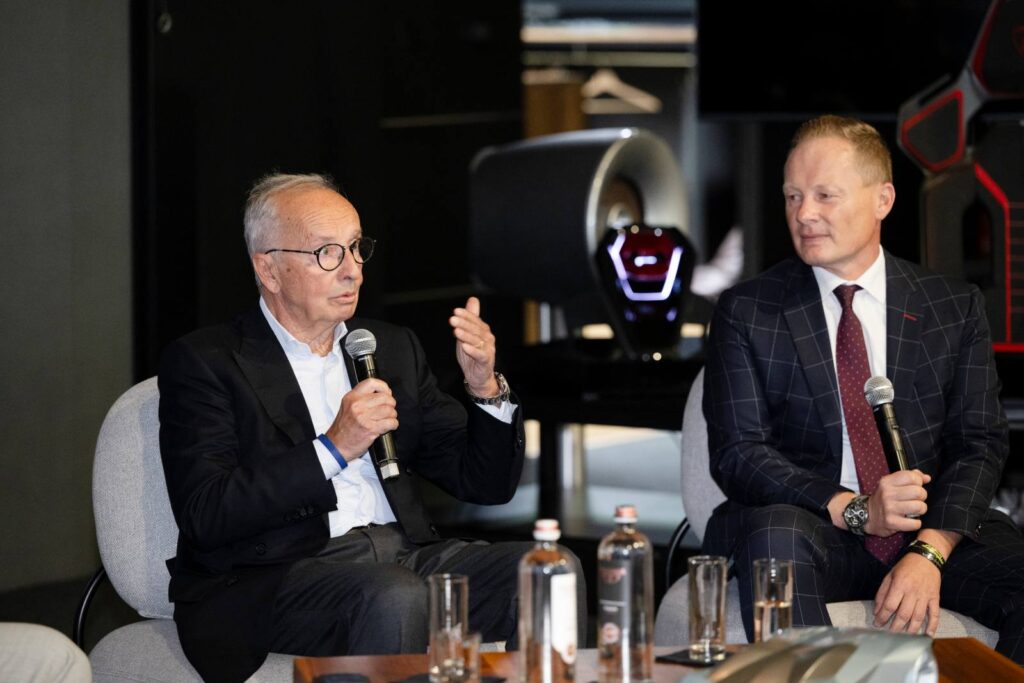
Walter de Silva (left) discussing design with current Lamborghini design director Mitja Borkert.
Walter de Silva may sound a little frail these days, but he is not short of fire. Apart from a few off-piste comments about the wider industry, he revealed that he wanted Borkert for Lamborghini because he had admired his “energy”. “In Mitja, I found the right person.” He also added that while much has changed at Centro Stile over the years, “the next step is more. It is not enough”. Seventy four years old, and still wanting to push boundaries – remarkable. Winkelmann echoed that sentiment in a recent statement, saying: “Lamborghini design must push boundaries to deliver the unexpected.” It’s a good thing Borkert appears tailor made for the role.
Arriving from Porsche in 2016, his first statement offering was the extraordinary Terzo Millennio ‘third millennium’ electric concept. Developed in 2017 with MIT, it conclusively showed Mitja’s innate understanding of the brand’s traditional ability to deliver the shock of the new. In terms of few-off and full-production models, his highlight additions include the Sián, Countach LPI 800-4, Revuelto, Temerario and the recently revealed Fenomeno. This event offered a chance to see absolutely all of these machines, and so many more.
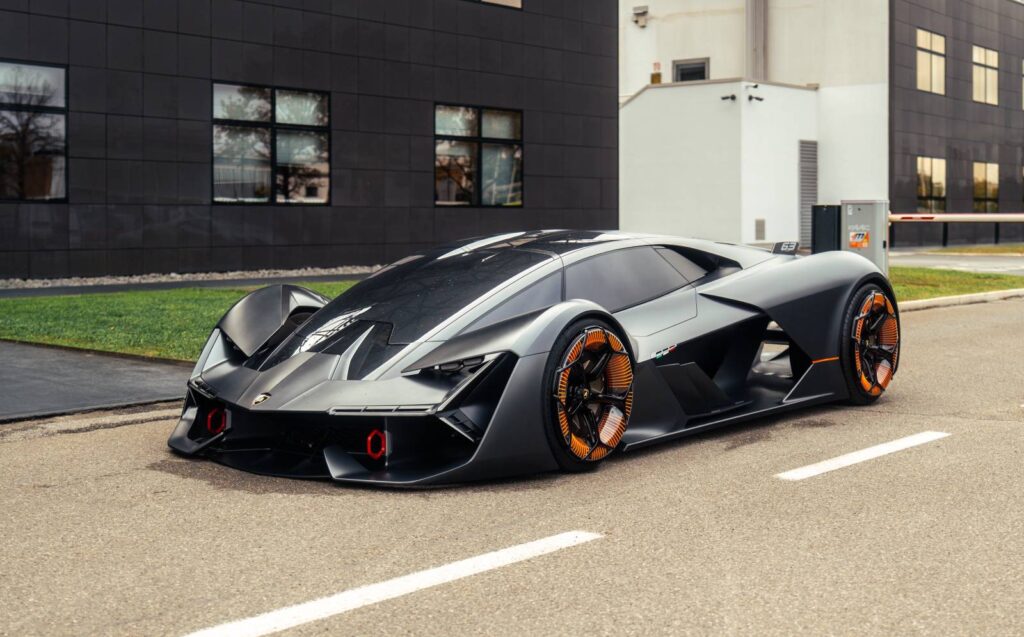
Mitja Borkert’s Terzo Millennio looks even more extreme out in the sunlight.
The facility’s internal approach road to the front reception area and museum section was specially lined with Centro Stile treasures. The line-up, one that is not likely to be seen all together on Tarmac ever again, included pinnacle examples of all the production and few-off models (Reventón, Sesto Elemento, Veneno), along with the 2006 Miura concept – Donckerwolke’s first Lamborghini, 2008 Estoque, 2012 Urus concept, 2014 Asterion, Lanzador and a never-before-seen Countach concept that drew universal praise from attending motoring writers.
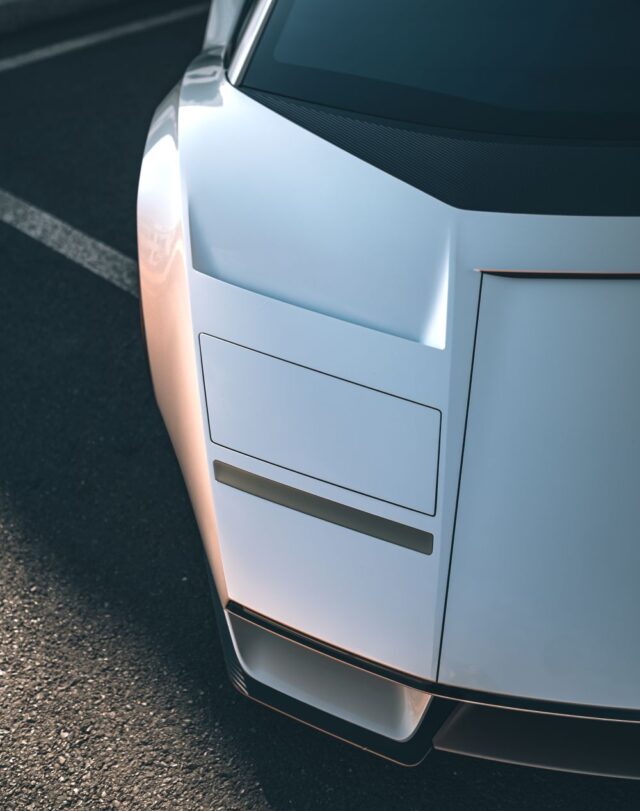
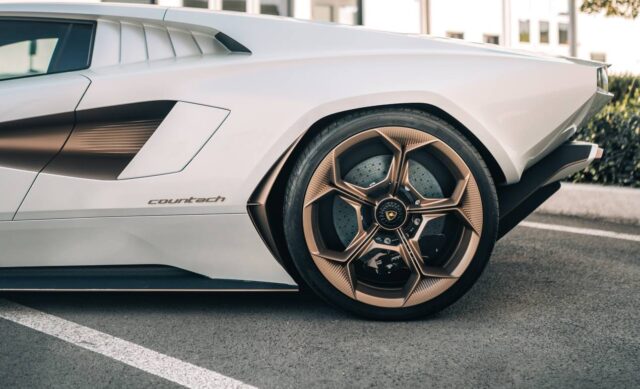
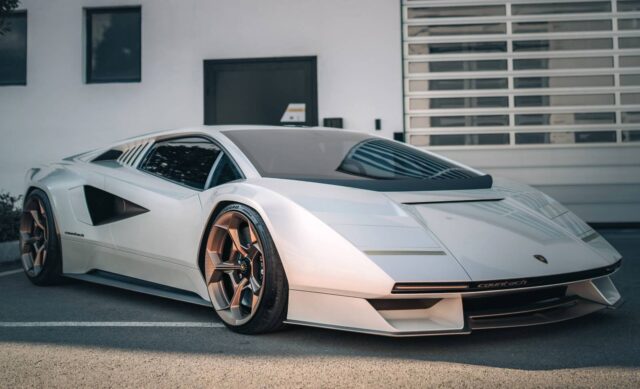
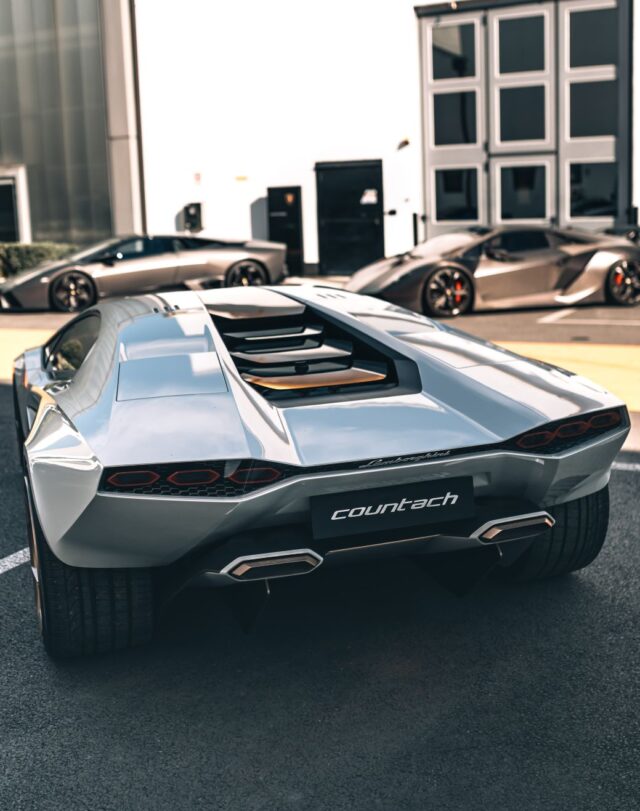
Drinks and cocktail party small talk were in abundance on the ground floor of the company’s relatively intimate museum area, which was decorated with the 2013 Egoista, Terzo Millennio and 2019 Vision Grand Turismo concepts. Upstairs, the main surprise awaited.
Unveiled alongside styling models of the ’71 Countach and the brand new Fenomeno, the breath-taking Manifesto represents the next step in the evolution of Lamborghini’s design DNA. Borkert described it as “puristic”, and its surfaces are certainly less detailed than those of recent Lamborghinis, but somehow even more dramatic.
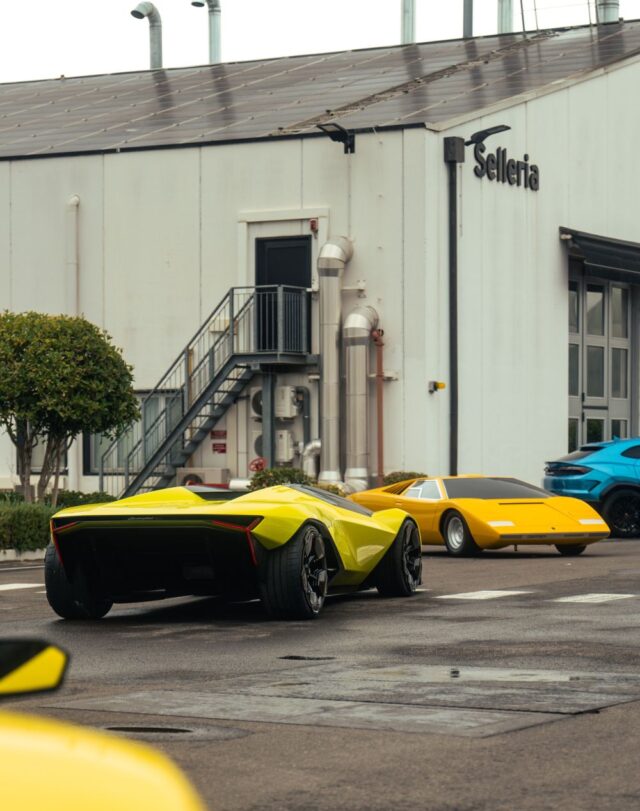
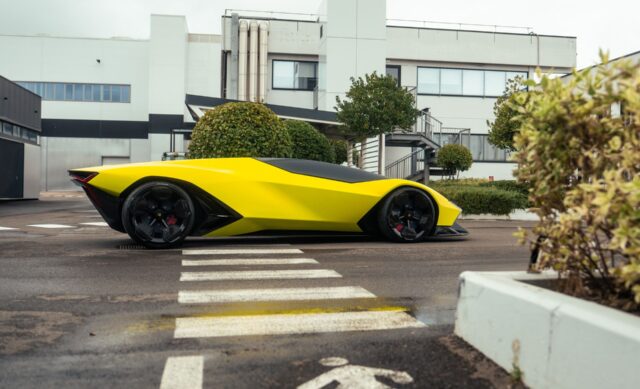
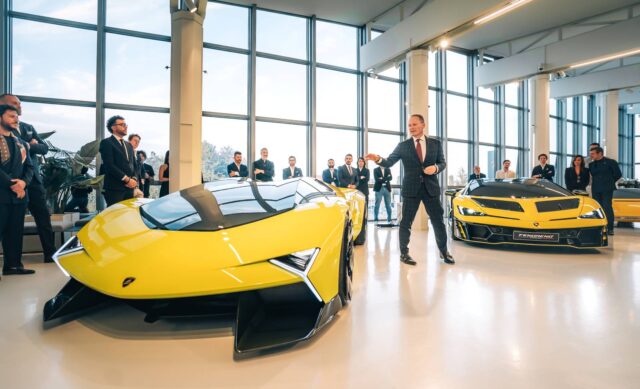
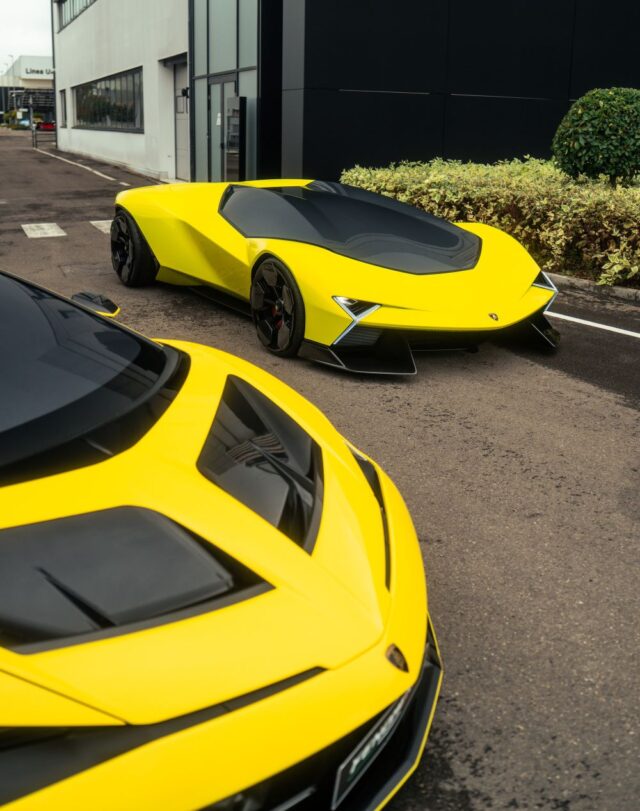
While the Manifesto is a declaration of intent, it will not, and cannot, be produced in this form. However, it certainly will inform aspects of future production models. Taken from the official release: “Twenty years after its foundation, Centro Stile Lamborghini is more than a design studio. It is a laboratory of imagination.” Going on what has already emerged and guided by the mesmerising Manifesto, Centro Stile is only just getting fired up.
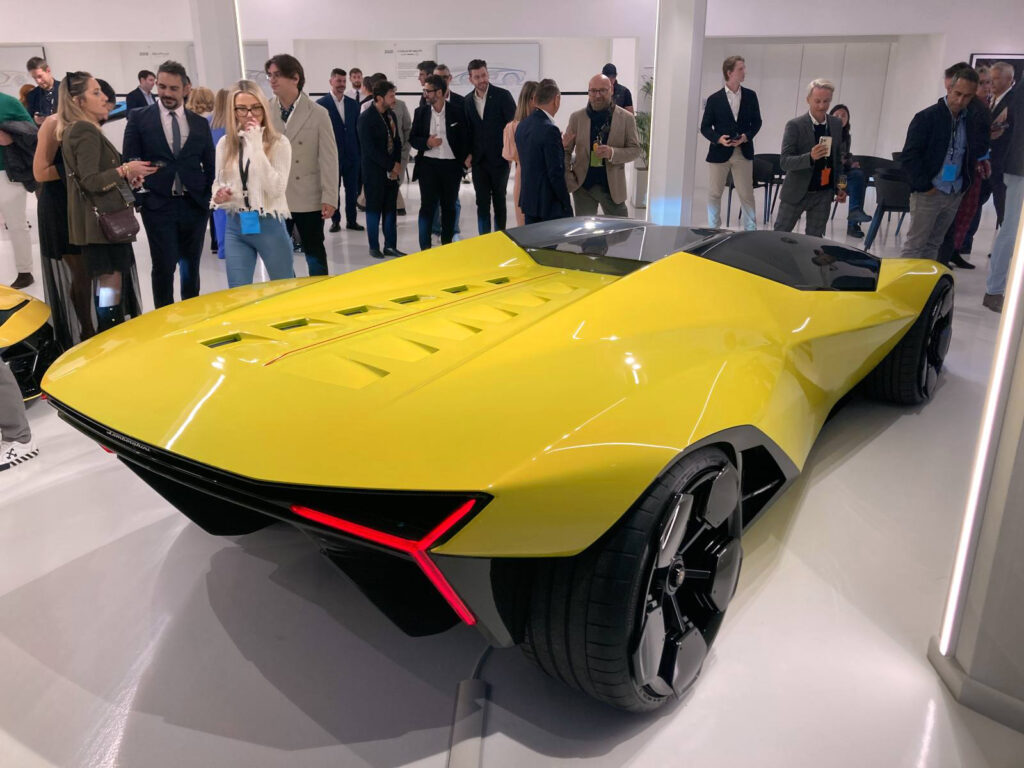
Sculpture on wheels: the unexpected Lamborghini Manifesto.
